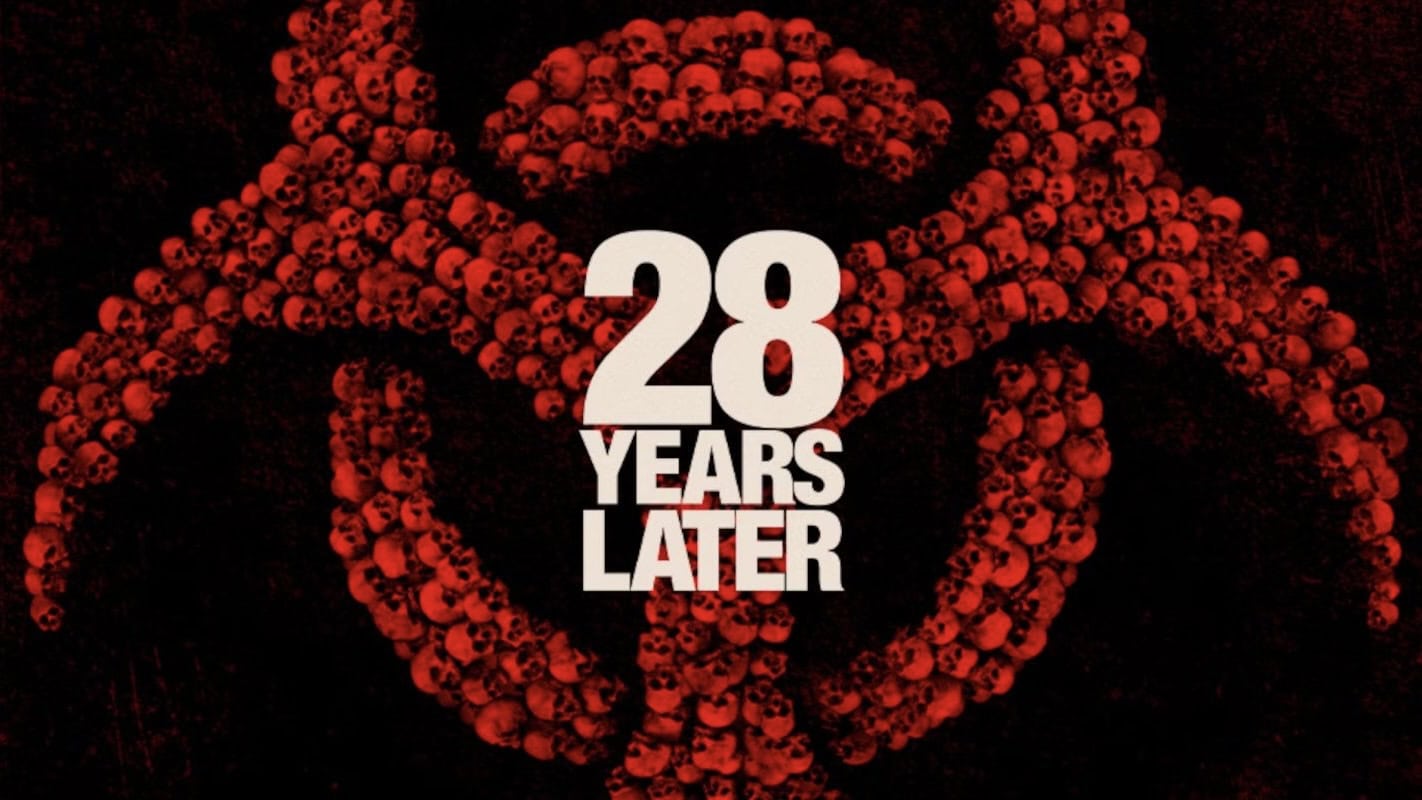By Drew Dietsch
| Published

This might lose me some horror cred but I’m not crazy about 28 Days Later or its sequel, 28 Weeks Later. Don’t get my words twisted, I didn’t say they were bad. They just never lit a fire under my ass the way they did for so many others. I can still appreciate them but haven’t had the strongest urge to revisit them or give them a ton of thought.
So, when 28 Years Later got announced and started putting out marketing materials, I wasn’t super intrigued. Then, that trailer with the reading of Rudyard Kipling’s “Boots” poem got my attention. “Once that flick hits VOD, I’ll give it a look-see,” I said. Well, that day arrived and I’m here to report what means nothing to you but came as a legit shock to me: this was the best movie in this series.
The Story of 28 Years Later

The basic premise of the movie centers around a young boy, Spike (Alfie Williams, who anchors this with incredible poise) who is going out for his first hunt on the mainland. It’s a structure older than the hills as Spike and his father, Jamie (Aaron Taylor-Johnson), have their expected rite of passage. But, Spike is a much more inquisitive and aware kid than his dad knows.
Soon, Spike is attempting to get his sick mother, Isla (Jodie Comer), to the mainland to see if she can be helped by Dr. Kelson (Ralph Fiennes), a figure that Spike was told is an insane madman. What Spike finds is that a lot of what his upbringing has taught him is not the truth of the world.
The Walking Dead Done Right

The entire survivalist mindset is being satirized in 28 Years Later and it’s not hard to see it from the get-go. The Walking Dead soured me so much on the zombie apocalypse idea because it became so much about fulfilling doomsday prepper fantasies. Watching 28 Years Later set up that fantasy and tear into it with unabashed glee is a refreshing piece of its puzzle.
Spike realizes the ideological fallacy of his community, partially through the dismantling of the perception he has about his father. It’s like writer Alex Garland played God of War and watched Rick and Carl on The Walking Dead and went, “We gotta talk about this.”
Evolving the Visual Style

Granted, director Danny Boyle does want to enjoy the parts of the zombie apocalypse template that are inherent to the genre. Namely, nasty ghouls who get dispatched in cool ways. In 28 Years Later, we’ve got the infected taking arrow shots with bloody bursts of gore filmed with a panorama of iPhones. Boyle has evolved the technical style of the series to give it an entry that excels in that regard. The infrared night vision sequences in this are possibly my favorite images in the entire franchise.
The Elephant in the Bookends

Now, 28 Years Later is part of a larger sequence of planned stories. As such, there are narrative bookends to the film that exist to set up another story. That story looks wild and potentially engaging, but it also looks and feels like a different movie than the one we spend our time with. I hope I get to see that movie, but it is an odd note to end on.
28 Years Later is often jaw-dropping to look at, it’s got a strong commitment to its thematic and emotional core, and it more than satisfies the base pleasures of its genre. An easy recommendation to anyone who thinks this brand of post-apocalyptic storytelling has run out of steam.

